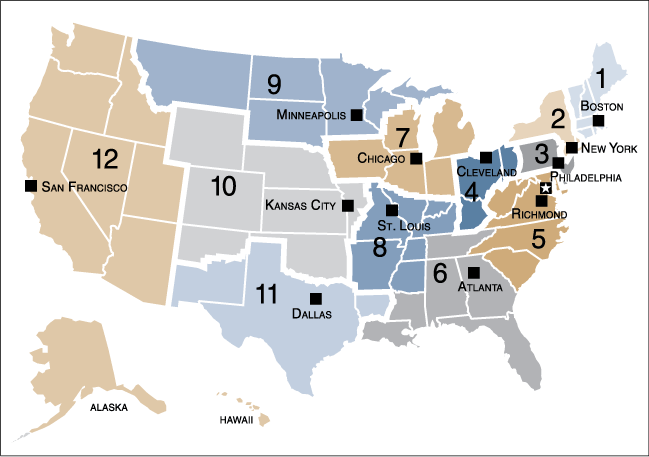

The Federal Reserve’s recent Beige Book report signals a “steady to weakening” trend in the U.S. farm economy. Though certain regions report stability, many agricultural areas are contending with financial strain driven by low crop prices and rising input costs. The livestock sector remains resilient, bolstered by strong demand for pork and beef, yet profit margins are narrowing due to supply chain issues and inflationary pressures.
Crop Production and Financial Pressure
Farmers across the Midwest and Great Plains report higher-than-average yields, especially in corn and soybeans. However, profitability is challenged by input cost spikes, including fertilizer and fuel prices, which have not kept pace with commodity prices. Cotton and grain farmers are among the hardest hit, grappling with market prices that fail to cover their rising production costs.
Livestock Sector Stability Amid Challenges
Livestock producers, especially in swine and beef, are seeing steadier returns thanks to consistent demand domestically and abroad. Pork producers are cautiously optimistic, finding some relief from the stability in feed prices. However, long-term risks loom as feed prices remain subject to market volatility, which could cut into future profitability. For swine producers, managing feed inventory and maintaining health protocols are priorities to avoid additional costs.
Agricultural Lending Trends
Banks across crop-heavy regions report increased loan demand as producers turn to credit to cover higher costs. Loan repayment rates have seen modest declines, reflecting tighter margins and lower-than-expected income for some sectors. Crop insurance and federal support have provided a partial buffer for those facing adverse financial conditions, but many producers still struggle to manage both operating expenses and debt obligations.
Regional Variances in Economic Health
Economic impacts vary widely by region. In the Southern Plains, drought and rising water costs have amplified stress on crop farmers, while in the Corn Belt, a strong harvest season has offset some of the financial strain. Meat-producing regions remain more optimistic, with robust pork exports to Asia contributing positively to farm income.
Future Outlook
The Fed’s analysis suggests that while the U.S. farm economy holds steady in some respects, there is an undercurrent of financial stress, particularly in the crop sector. Efforts to stabilize the sector are vital, especially with uncertain trade dynamics and ongoing market shifts. As swine producers face a fluctuating economic landscape, adapting to these pressures with resource efficiency and market agility remains key for long-term viability.
This report underscores the importance of strategic adjustments for swine and other livestock producers in managing through uncertain economic conditions.





